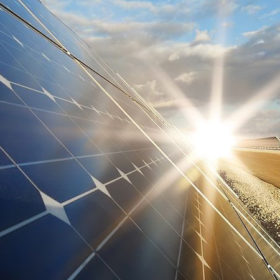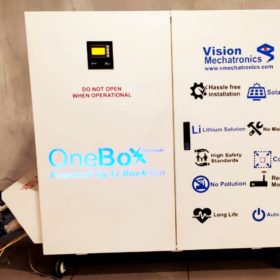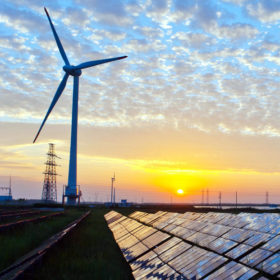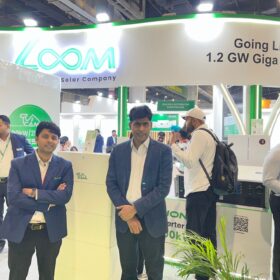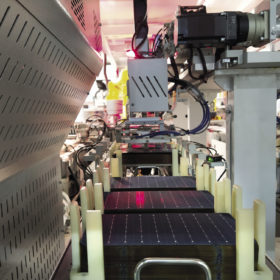Larsen & Toubro bags 50 MW solar project in Tamil Nadu
Following a 20 MW floating solar project in Uttar Pradesh last month, Larsen & Toubro has won an order to design and construct a 50 MW solar plant in Tamil Nadu.
CEL tenders 3 MWp of multicrystalline solar modules
Bids are invited for supply of multi-crystalline solar modules, with peak power output of minimum 325 Wp each, to different substations in various districts of Maharashtra and Uttar Pradesh. Bidding closes on March 5.
Rooftop solar leader Gujarat gets maximum central financial support for RE generation
With Rs 118.27 crore in the current financial till February 10, Gujarat is way ahead among all states and union territories in getting the central financial support for new and renewable energy generation.
Indian Oil will start field-testing metal-air battery for electric vehicles soon
A range of up to 600 km is possible when Lithium-ion batteries are combined with metal-air batteries that the fossil fuel giant intends to produce in India under a partnership with Israel based startup Phinergy.
A plug-and-play solar-powered battery back-up solution for the home
The OneBox, from Indian manufacturer Vision Mechatronics, consists of a lithium battery, hybrid inverter and solar charge controller to give a hassle-free solution for electricity back-up during power outages. Solar rooftop owners are offered a grid feed feature to maximize net metering income from any excess power generated.
Italian inverter maker confirms no ABB jobs will be lost in India
Fimer’s takeover of the inverter business of the Swiss conglomerate will not affect job numbers at ABB’s Indian production facilities, according to the new owner of the combined business.
Uttar Pradesh will become the hub of solar energy, says State’s energy minister
15 GW of utility scale and 8.5 GW grid-connected rooftop solar by year 2030 is the new target set for the state which is currently chasing year 2022 target of 6.4 GW and 4.3 GW, respectively.
Power minister inaugurates eleven renewable energy management centers
Presently, 55 GW of renewable (solar and wind) energy is being monitored through these centers which are equipped with artificial intelligence based forecasting and scheduling tools.
Gujarat to provide Rs 912 crore subsidy for rooftop solar this fiscal
The state budget for 2020-21 has also allocated Rs 125 crore under Pradhan Mantri KUSUM Yojana to solarize 18,500 grid-connected pumps and for standalone offgrid solar power agriculture pumps.
Recycling lead-acid batteries for perovskite solar cell manufacturing
Researchers from China are proposing to use spent battery lead for creating a perovskite that can be used in the production of solar cells that are based on this promising material. The proposed one-step process, which was tested in the production of a 17.38% efficient perovskite heterojunction cell, is said to be cheaper and less energy-intensive than other recycling processes for waste lead from lead-acid batteries.
